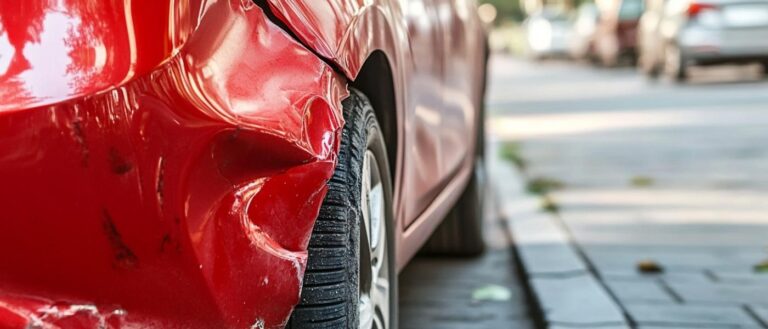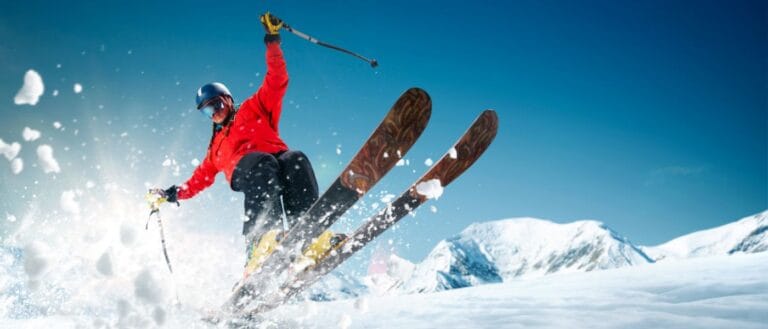Bad Weather Accidents in Colorado: Determining Liability and Recovery
Colorado’s diverse climate can lead to challenging driving conditions, especially during winter months when snow and ice are common. Bad weather can significantly increase the risk of accidents, raising questions about liability and recovery for those involved. This article examines the factors involved in bad weather accidents in Colorado, including determining liability and seeking compensation for damages.
Challenges of Colorado’s Weather:
Colorado experiences a wide range of weather conditions, from sunny and dry days to heavy snowfall and icy roads. These conditions can pose significant challenges for drivers and increase the likelihood of accidents. Common weather-related factors contributing to accidents include:
1. Snow and Ice: Snow and ice can make roads slippery and reduce visibility, leading to accidents, skidding, and collisions.
2. Reduced Visibility: Heavy snowfall, fog, and rain can impair a driver’s visibility, making it challenging to see other vehicles, traffic signals, or road signs.
3. Black Ice: Thin layers of nearly invisible black ice can form on roads, creating treacherous driving conditions.
Determining Liability in Bad Weather Accidents:
Determining liability in bad weather accidents can be complex. In Colorado, as in many states, drivers are expected to adjust their driving behavior to match the current weather conditions. Key factors in establishing liability include:
1. Negligence: Establishing that one or more parties acted negligently is fundamental in determining liability. Negligence in bad weather accidents can include speeding, following too closely, or failing to use headlights in low visibility conditions.
2. Violation of Traffic Laws: Drivers who fail to obey traffic laws or drive recklessly during adverse weather conditions may be found liable for accidents.
3. Failure to Adapt: Colorado law requires drivers to adjust their driving speed and behavior to accommodate the weather conditions. Failure to do so can lead to liability.
4. Maintenance Negligence: If a government agency responsible for road maintenance neglects to clear or salt the roads properly during adverse weather, they may bear liability for accidents.
5. Contributory Negligence: Colorado follows the modified comparative negligence rule. If the injured party shares some blame for the accident, their recovery may be reduced in proportion to their degree of fault, but they can still seek compensation.
Seeking Compensation for Bad Weather Accidents:
If you’ve been involved in a bad weather accident in Colorado, you may seek compensation for various damages, including:
1. Medical Expenses: Coverage for medical bills related to injuries sustained in the accident.
2. Lost Wages: Compensation for income lost due to injuries that prevent you from working.
3. Property Damage: Repairs or replacement of your vehicle or other property damaged in the accident.
4. Pain and Suffering: Compensation for the physical and emotional distress caused by the accident and injuries.
Consult with an Attorney:
Navigating the complexities of bad weather accidents and determining liability can be challenging. It’s advisable to consult with a personal injury attorney experienced in handling weather-related accidents in Colorado. An attorney can help gather evidence, assess the circumstances, negotiate with insurance companies, and build a strong case on your behalf, increasing your chances of obtaining fair compensation.
Colorado’s diverse weather conditions can create hazardous driving conditions and increase the risk of accidents. When bad weather contributes to an accident, determining liability is a critical step in seeking compensation. By understanding your rights, consulting with an attorney, and providing evidence of negligence, you can pursue the compensation you deserve for your injuries and losses resulting from bad weather accidents in Colorado.



